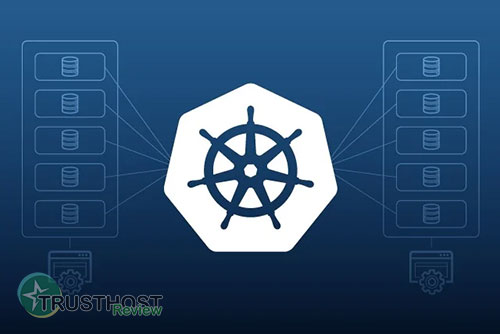What is IMAP - How to access Your Emails seamlessly
What is IMAP (Internet Message Access Protocol)?
IMAP, short for Internet Message Access Protocol, is a standard email protocol that allows you to access your emails from any device, anywhere in the world. Unlike POP3, which downloads emails to your device and removes them from the server, IMAP stores your emails on a remote server, giving you a centralized location for all your messages.
How IMAP Works:
1. Connection: Your email client (e.g., Outlook, Apple Mail) connects to the email server using IMAP over a secure connection (usually SSL/TLS).
2. Authentication: You provide your email address and password to authenticate your access.
3. Synchronization: IMAP syncs your email client with the server, downloading a copy of your inbox, sent items, drafts, and other folders. Any changes you make on one device are reflected across all your devices.
4. Access and Management: You can read, organize, delete, and manage your emails directly on the server. Changes are saved on the server, ensuring consistency across devices.
Advantages of Using IMAP:
- Accessibility: Access your emails from any device with an internet connection.
- Real-time Synchronization: Changes made on one device are reflected on all your devices instantly.
- Data Preservation: Emails are stored on the server, reducing the risk of data loss if your device fails.
- Centralized Management: Manage all your emails from a single location.
- Bandwidth Efficiency: Only headers and message bodies are downloaded on demand, saving bandwidth.
IMAP vs. POP3: Which is Right for You?
IMAP is generally preferred for its flexibility and convenience, especially if you access your email from multiple devices. POP3 is suitable if you use a single device and prefer to store emails locally.
IMAP revolutionizes email management, offering a seamless and efficient way to access and manage your messages from anywhere. By understanding how IMAP works and its benefits, you can choose the best email protocol for your needs.
















